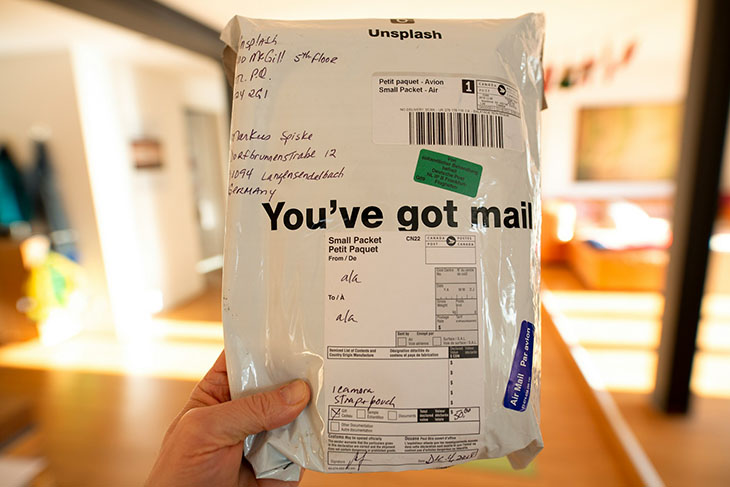The aerospace industry is dealing with a persistent labor shortage, making filling machinist positions and other key roles challenging. What effects has this problem caused, and how can people tackle them?
Widening the Job Search Net
Previously incarcerated people typically have more challenges than others in the job market. Many employers view individuals in this group as potential legal liabilities. However, some programs specifically target formerly jailed persons as candidates for manufacturing roles, including those in the aerospace industry.
One is Pioneer Industries, which makes aerospace parts for well-known clients. A lead machinist who has worked there for several years says he has earned the company’s respect despite previously having a criminal record.
In another case, NAECO — a Georgia-based manufacturer that makes parts for aerospace and other industries — has begun hiring machinists in other states and offering relocation assistance to successful candidates. The company’s human resources manager said the market favors job seekers, and many trade school graduates have positions as soon as they finish their schooling. Those challenges make it necessary to get more creative and look for candidates through new avenues.
New Jersey’s Parts Life helps clients in the military and aerospace industries find solutions to obsolescence and supply chain issues. The company sourced and hired a machinist instructor so new and existing workers could get tips to increase their productivity. The company also frequently hires veterans, with this group comprising up to 5% of the total workforce.
Increasing Interest in the Existing Workforce
The aerospace industry is highly specialized, requiring people with industry-specific knowledge. For example, testing an electric initiator component typically requires a 50-millisecond stimulus pulse to determine if the device performs as expected. A Boeing recruitment program works on the basis that those already working in the aerospace industry as company employees will likely know other people with similar skills or those interested in a related career path.
Boeing launched this program in 2023 and will use it as part of a goal to target workforce gaps and meet rising demands for the following three years. The idea is that employees can get up to $10,000 for referring people they know to work for the company. The exact amount varies depending on the role a candidate secures and which location hires them.
This strategy is similar to one used by the cybersecurity industry, which is also grappling with a skills shortage. Many experts suggest using internal hiring practices to fill skills gaps, including by relying on cross-training and upskilling measures.
Boeing’s program makes sense because it’s mutually beneficial. Many employees will be more motivated to recruit people they know if there’s a financial incentive attached. Plus, candidates will appreciate knowing someone currently working at the company who can answer many of their questions about the experience.
Removing Career Change or Creation Barriers
Many would likely be willing to begin new careers as machinists if they knew they could start working fairly quickly. Switching to a different career path can be nerve-wracking, even if those considering it know they can access in-demand, well-paying roles.
A fast-track program in the United Kingdom will train up to 65 machinists and electro-mechanical fitters for Collins Aerospace. The initiative targets unemployed people interested in advanced manufacturing roles. One of the most significant advantages is that a candidate can complete the program in only six months. After doing so, they’ll get interviews with Collins Aerospace and have opportunities to work on the company’s shop floor.
Elsewhere, a program in British Columbia targets high school students and recent graduates interested in machinist careers. Some aerospace companies in the province pay up to $50 an hour, making them appealing to people trying to enter the job market for the first time.
This initiative aims to complete up to 500 job placements for workers aged 16 to 24. Participating employers get up to $3,000 for hiring program participants and covering their wages. As young people look for work, they can explore the machinist career path and about 40 other options. The insights gained could help them feel confident they’ve chosen a job they’ll want to stay in for the long term.
Finding Creative Solutions
These examples show there’s no single way to address the machinist skills gap hindering the aerospace industry. However, human resources managers and others impacted by the problem must think outside the box and consider how to make their efforts more thorough and effective.
A great way to do that is to consider job hunters’ situations. What are their biggest challenges, and how could potential employers or recruiters ease those obstacles? Determining the specifics will be instrumental in showcasing machinist roles in the aerospace industry as attractive and worth pursuing.
Decision-makers can also see what peers have done while tackling this problem. Learning what worked well in those cases can help them decide which options to focus on first.























